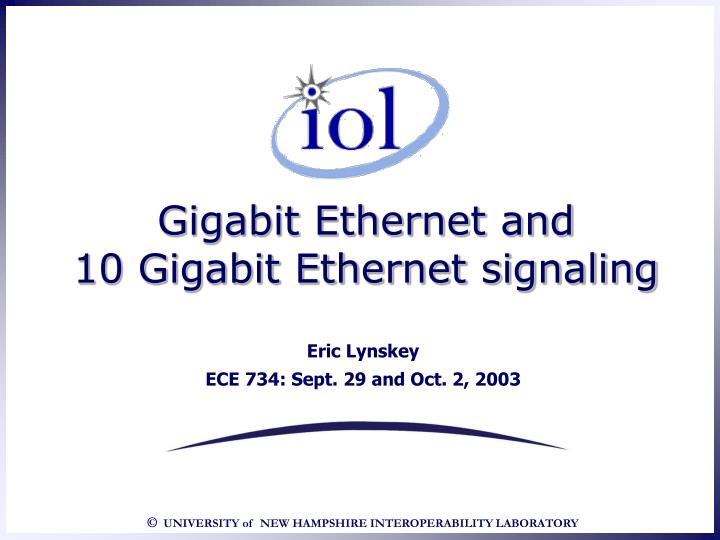This is the correct answer. Especially if the Cat 5 is being used for speeds over 100Mb/s, which it isn't supposed to be anyway.
There are some weird things about Ethernet, which is why I'm bothered to respond (hi, everyone! long time, no me!) some equipment may require 568-A on one end and 568-B on the other. It depends on how old it is, but this likely isn't the issue.
Some switches can get very picky about trying to upgrade the connection from 100Base-T to 1000Base-T whether you like it or not. And here's the kicker -- it will do it even if the control equipment end is limited to 100Base-T but the edge device will do 1000Base-T. Straight-up Cat5 doesn't reliably support 1000Base-T.
That said, it's most likely a lack of fastidious terminations.





